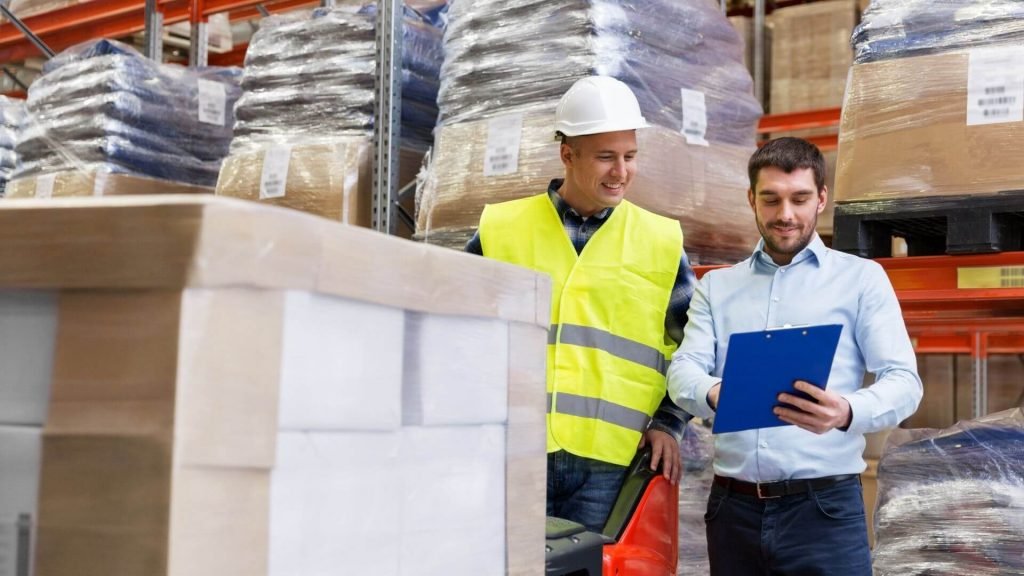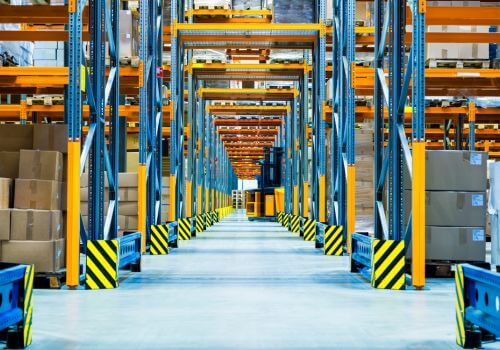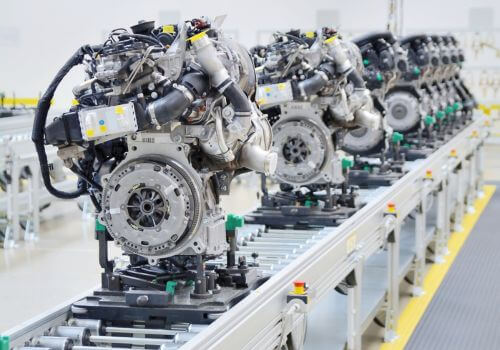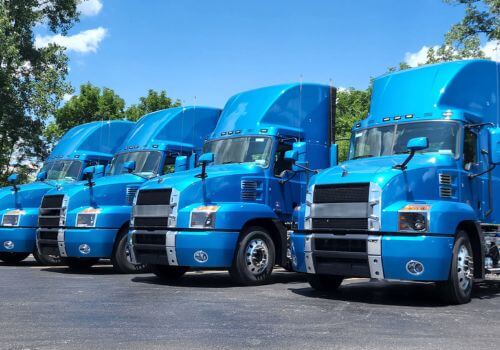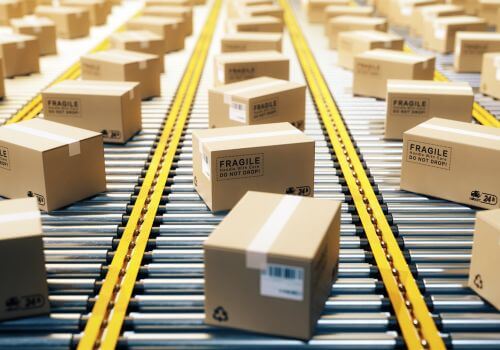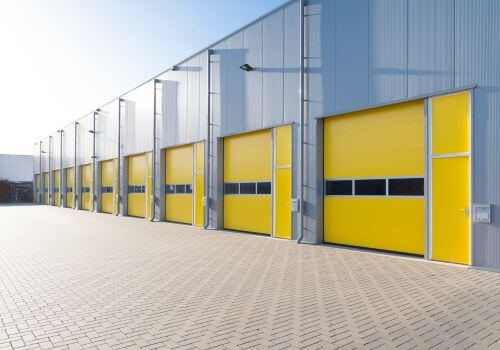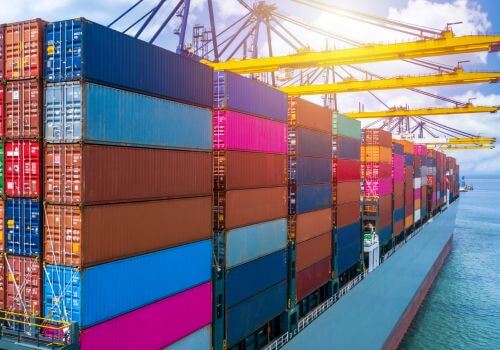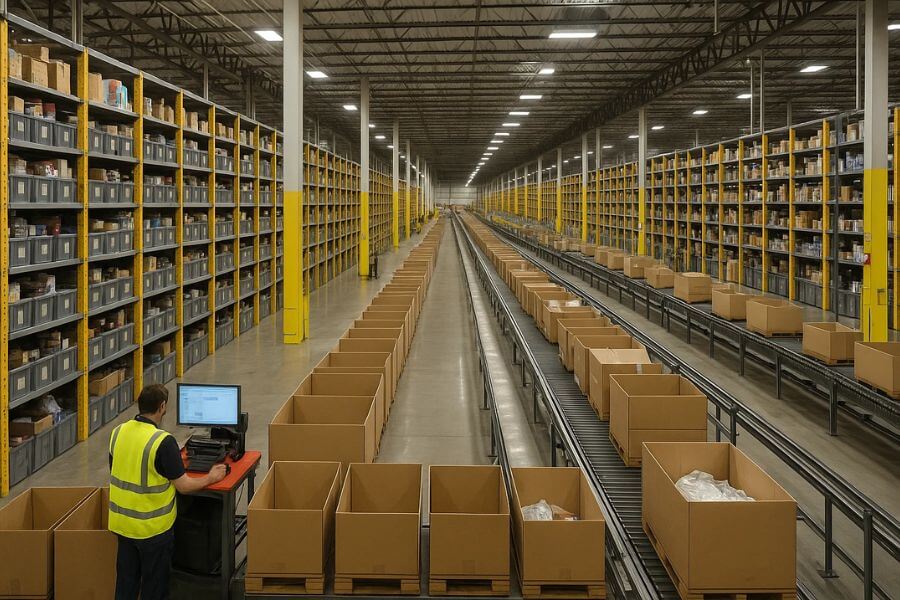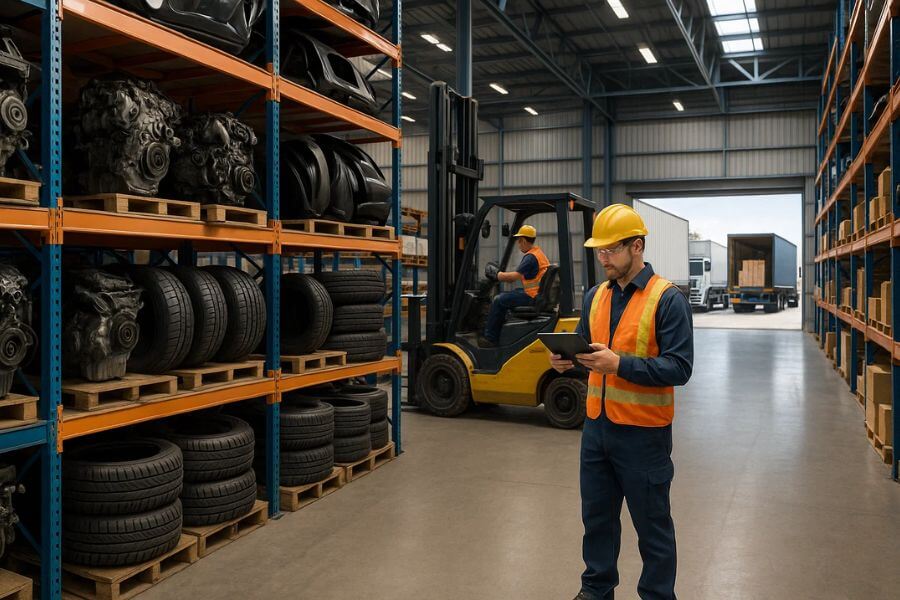The goal of supply chains is to add value to the manufacturing and distribution processes. Supply chains can be differentiated based on characteristics such as price, time reliability, and risk, depending on the markets and value chains they serve. There have never been more product choices in the marketplace than there are now, thanks to globalization and technical developments in supply chain management.
Furthermore, whether purchased in a store or plucked right from their doorstep, buyers want to receive their products immediately and in excellent condition. That indicates that having popular products isn’t enough to guarantee success. Today, they must also arrive swiftly, effectively, and in perfect condition, or you risk losing customers.
What is a Value-Added Service?
According to Gartner Glossary, a value-added service (VAS) is provided by a network or its resellers to generate additional revenue by providing users with additional benefits.
The sum of SMS (Short Message Service), data-over-cellular, and information-service income is used to compute the total VAS income. All other VAS revenue is deemed transparent and is accounted for as part of call costs or subscription income.
Value-added services are services that go above and beyond what your 3PL company already provides. These add-on services might assist customers to tailor their unique and evolving company requirements. Despite their differences in kind, they all have the same goal: to improve efficiency, and capabilities, and to help businesses stay competitive in their markets.
Finding out if your provider offers these next-level services are critical because they can make a significant difference in your overall logistics process. According to Adelante SCM’s recent research, 63 percent of organizations that use value-added services consider it a “very significant” business function.
Types of Value-Added Service for Logistics and SCM
The purpose of a third-party logistics (3PL) firm is to provide a completely integrated solution for all logistics and supply chain requirements. 3PL creates a broad range of value-added services that cover all aspects of supply chain service offerings with this in mind.
The company’s ability to provide integrated solutions within the area of its operation allows them to cut costs while improving service and control. Because each organization has its own set of requirements, 3PL services cater to those requirements. To deliver all customer services, 3PL prepares a unique plan.
Examples of value-added logistics and supply chain services are:
- Packaging
- Record Retention
- Assembly
- Consolidation
- Sorting & Inspection
- Inventory Management
- Reverse Logistics
- Transloading Transportation Management
- Direct Store Pickup
- Tailoring
- Labeling
- Replacement
Why are Value-Added Services Important?
Companies are continually seeking methods to provide competitive advantages to their clients in order to better meet their needs. They want to save space, time, and money while keeping their inventory low and adjusting to their customers’ ever-changing purchase habits.
The wide range of value-added services provided by logistics experts for product management and processes allow for the complete optimization of the entire supply chain. This helps regardless of before, during, and after certain transport and stocking activities. VAS allows us to comply with different industry standards and regulations and helping manufacturers to maintain their competitiveness.
Furthermore, as shown next, these value-added services contribute to quality control by incorporating operations such as packaging, labeling, or dunnage during warehouse pick-ups and prior to distribution to the markets.
Hiring value-added services in the final stage of the supply chain allow manufacturers to meet all of the quality assurance and product finishing standards that they promised to their customers. This saves them time and money, which they may put towards their primary business of producing new goods or expanding their markets and revenue streams.
Making Preparations for Value-Added Services
Planning value-added services present a number of issues. The first is that the volumes are frequently seasonal and unpredictably fluctuating. Another issue is that some WMS (Warehouse Management System) systems lack inventory tracking modules for value-added processing areas.
The major issue with value-added services is that they slow down procedures because they aren’t connected to the rest of the order fulfillment process. Because the demand for any value-added service, such as putting a pricing label, is uncertain, this is the case.
As a result, mapping the processes in a way that specifies what needs to be done and the volumes connected with each of the processes is the first step in gaining control over them. It’s similar to setting up a warehouse in that you’re thinking about quantities, manpower requirements, and whether or not you can justify automation.
After mapping out operations, the next stage is to determine where the value-added processing area will be located. You don’t want to enlarge your structure to accommodate value-added services because it isn’t always a high-transaction area.
As a result, warehouse designers frequently advise clients to locate value-added services on a mezzanine above the receiving dock or shipping dock, depending on whether the function can be performed before or after the product are put away or sent.
Seasonal or occasional processes could be found in an area that is already being exploited for something else. Carton labeling activities, for example, might be integrated into the same area where customers do weight and tolerance checks, resulting in a more consistent flow of product and improved space usage.
Concluding Remarks
“Our customers are asking us to do more and more things for them that are not even conceived of in traditional supply chain logistics,” the CEO of MD Logistics, said in an interview with Global Trade Magazine. Value-added services, in fact, help to improve the client experience and create a competitive advantage.
The traditional supply chain, on the other hand, no longer exists. As a result of corporate digitization, logistics providers are now turning to 3D printing, cross-border e-commerce services, e-fulfillment platforms, and other technologies to not only differentiate themselves but also to meet the changing needs of today’s businesses.
Furthermore, we would like to highlight that specialty services are not necessarily a way to save costs, but rather a way to increase a shipper’s digital footprint, which in turn improves efficiencies and procedures, resulting in cost savings.

